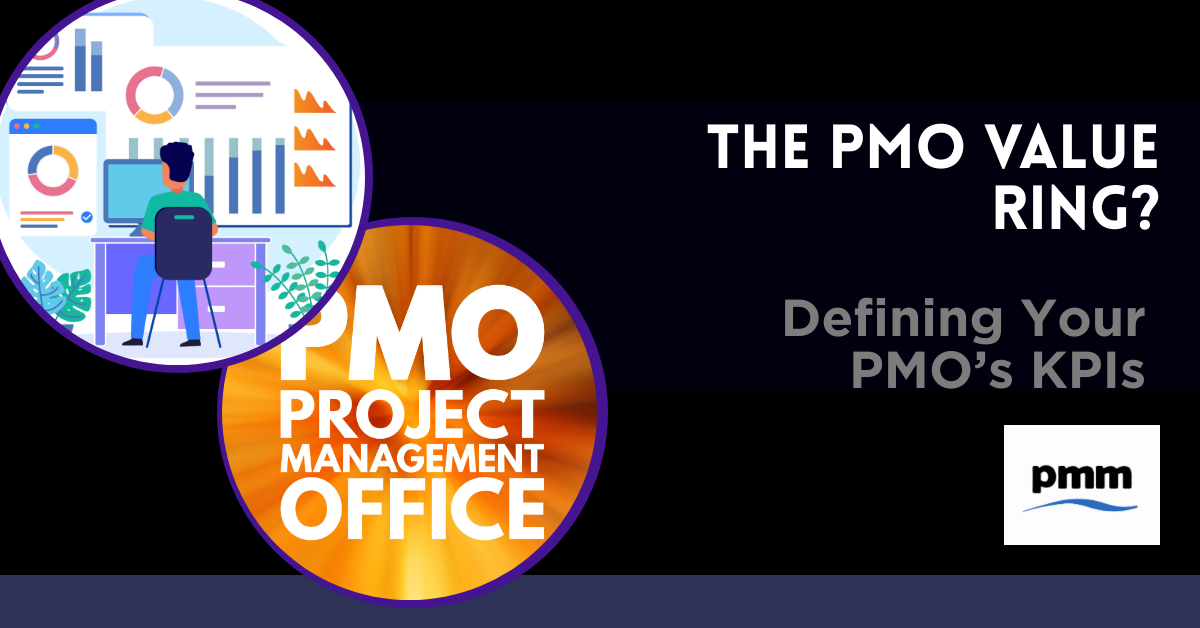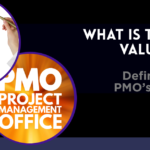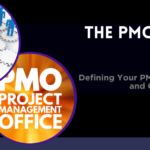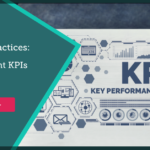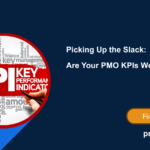To demonstrate the value of your project management office (PMO), you need to define what value you are going to add. The way to do this is to define your PMO’s KPIs and decide how your office will measure success.
The previous step in completing the PMO value ring was to establish your PMO processes. This gives your PMO a foundation to understand what your projects do and where success and improvements can be found.
KPIs are a key element of any business unit. The way you define them for your PMO will dictate the meaning of success for your office and how you will contribute value to the business.
We’re going to look at:
- How to set your PMO project KPIs
- What you can expect the KPIs to look like
- The reasons why you need solid KPIs for your PMO
So you can ensure you will have a clear knowledge of the value you intend to add with your office.
How do I define the KPIs for my PMO?
Your PMO needs to set the KPIs for the project it manages. These targets and measures will ensure that everyone involved in the projects will know what’s expected of them.
Defining KPIs is a balancing act. You will need to decide priorities between:
- Project success
- Process excellence
- Business goals and strategies
Ask yourself, what does a successful project look like? Does a successfully delivered project override other KPI considerations? You will need to weigh your targets to ensure that process and compliance is as important as an on-budget, on-time project.
Look at what success looks like by modelling a perfectly delivered project. Work back from there to understand what your office will expect to make a project a success.
Then, you need to look at what the business is aiming to achieve. There may be a fresh focus on environmental, social, and governance goals for example, or you might need to encourage your projects to achieve other strategic aims.
Every business and organisation is different, so you will need to ensure the project KPIs are personalised to where your PMO operates. The KPIs your PMO sets will be specific to the circumstances, but they must be:
- Specific
- Measurable
- Attainable
- Relevant
- Time-bound
You need everyone working on the project to engage with the KPIs and understand why you’re asking them to aim for the measures.
When you have finished designing the KPIs for your projects, you will have a list of clear and concise targets and expectations for the project and the people working on the project. These KPIs should be monitored on a monthly and quarterly basis to make sure you have time to correct issues as they arise.
Why do I need to define KPIs for my PMO?
Defining the KPIs for your projects will set the tone for the work that is expected. Having targets that include delivering the project well as well as on-time and on-budget will make sure successes are repeatable, and improvements can be identified.
You also need to be able to show the C-suite what you are actively doing to add value and align with the business strategy. If the business is focused on growth and profits, for example, you need to have KPIs that can show your contribution to the business’s bottom line.
You can also link the KPIs to the services that your office offers, which were defined in the first process of the value ring. This will ensure that you are able to support projects through the activities the office completes.
Defining KPIs as part of the PMO Value Ring
When you define KPIs, you set out your stall for the value you intend to add to the business. You are also making your office accountable by putting targets on the services you will offer to improve projects.
Once you have the KPIs outlined for your PMO, you’ll go on to define the headcount and competencies within your office, which will be the topic of our next article.
